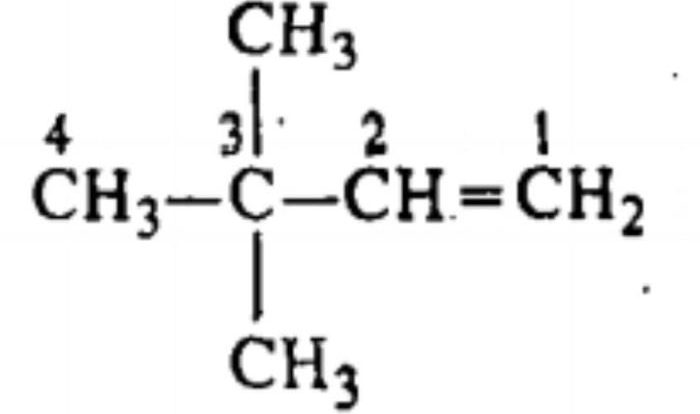Arrange these phenolic compounds in order of increasing acidity. – Arranging phenolic compounds in order of increasing acidity is a crucial aspect of understanding their chemical reactivity and biological activity. This guide delves into the relationship between the structure of phenolic compounds and their acidity, exploring the factors that influence their acidic properties.
We will also examine the methods used to determine acidity and provide a table organizing phenolic compounds based on their increasing acidity.
As we delve into the intricacies of phenolic acidity, we will uncover the impact of structural features, substituents, and conjugation on their acidic behavior. Furthermore, we will explore the practical applications of acidity data, highlighting its significance in various chemical and biological contexts.
Phenolic Compounds and Acidity: Arrange These Phenolic Compounds In Order Of Increasing Acidity.

Phenolic compounds are a class of organic compounds that contain a hydroxyl group (-OH) attached to an aromatic ring. The acidity of phenolic compounds is influenced by the structure of the aromatic ring and the substituents attached to it.
The acidity of phenolic compounds is determined by the stability of the phenoxide ion that is formed when the proton is removed from the hydroxyl group. The stability of the phenoxide ion is influenced by the electron-withdrawing or electron-donating properties of the substituents on the aromatic ring.
Methods for Determining Acidity
There are several methods that can be used to measure the acidity of phenolic compounds. One common method is to use a pH meter. A pH meter measures the concentration of hydrogen ions in a solution, and the pH of a solution is inversely proportional to the acidity of the solution.
Another method that can be used to measure the acidity of phenolic compounds is to use a titration. A titration is a process in which a known amount of a base is added to a solution of the phenolic compound until the solution reaches a neutral pH.
The amount of base that is required to reach a neutral pH is proportional to the acidity of the phenolic compound.
Arranging Phenolic Compounds by Acidity
The acidity of phenolic compounds can be arranged in order of increasing acidity as follows:
- Phenol
- o-Cresol
- m-Cresol
- p-Cresol
- 2,4-Dichlorophenol
- 2,4,6-Trichlorophenol
Factors Affecting Acidity
The acidity of phenolic compounds is affected by several factors, including:
- The number of hydroxyl groups on the aromatic ring: The more hydroxyl groups that are present on the aromatic ring, the more acidic the phenolic compound will be.
- The position of the hydroxyl groups on the aromatic ring: The position of the hydroxyl groups on the aromatic ring can also affect the acidity of the phenolic compound. Hydroxyl groups that are located ortho or para to each other will result in a more acidic phenolic compound than hydroxyl groups that are located meta to each other.
- The presence of electron-withdrawing or electron-donating substituents on the aromatic ring: Electron-withdrawing substituents will decrease the acidity of the phenolic compound, while electron-donating substituents will increase the acidity of the phenolic compound.
Applications of Acidity Data, Arrange these phenolic compounds in order of increasing acidity.
The acidity of phenolic compounds is important for several reasons. The acidity of phenolic compounds can influence their chemical reactivity and biological activity. For example, the acidity of phenolic compounds can affect their ability to react with other molecules, their ability to form complexes with metal ions, and their ability to inhibit the growth of bacteria.
The acidity of phenolic compounds is also important for several industrial applications. For example, the acidity of phenolic compounds can affect their ability to be used as antioxidants, preservatives, and dyes.
Answers to Common Questions
What is the relationship between the structure of phenolic compounds and their acidity?
The acidity of phenolic compounds is primarily determined by the presence of the hydroxyl group (-OH) attached to the aromatic ring. The electron-withdrawing nature of the aromatic ring stabilizes the phenoxide ion formed upon deprotonation, making phenolic compounds more acidic than alcohols.
How do substituents affect the acidity of phenolic compounds?
Electron-withdrawing substituents, such as halogens and nitro groups, decrease the acidity of phenolic compounds by withdrawing electrons from the hydroxyl group and reducing the stability of the phenoxide ion. Conversely, electron-donating substituents, such as alkyl groups, increase the acidity of phenolic compounds by donating electrons to the hydroxyl group and enhancing the stability of the phenoxide ion.





